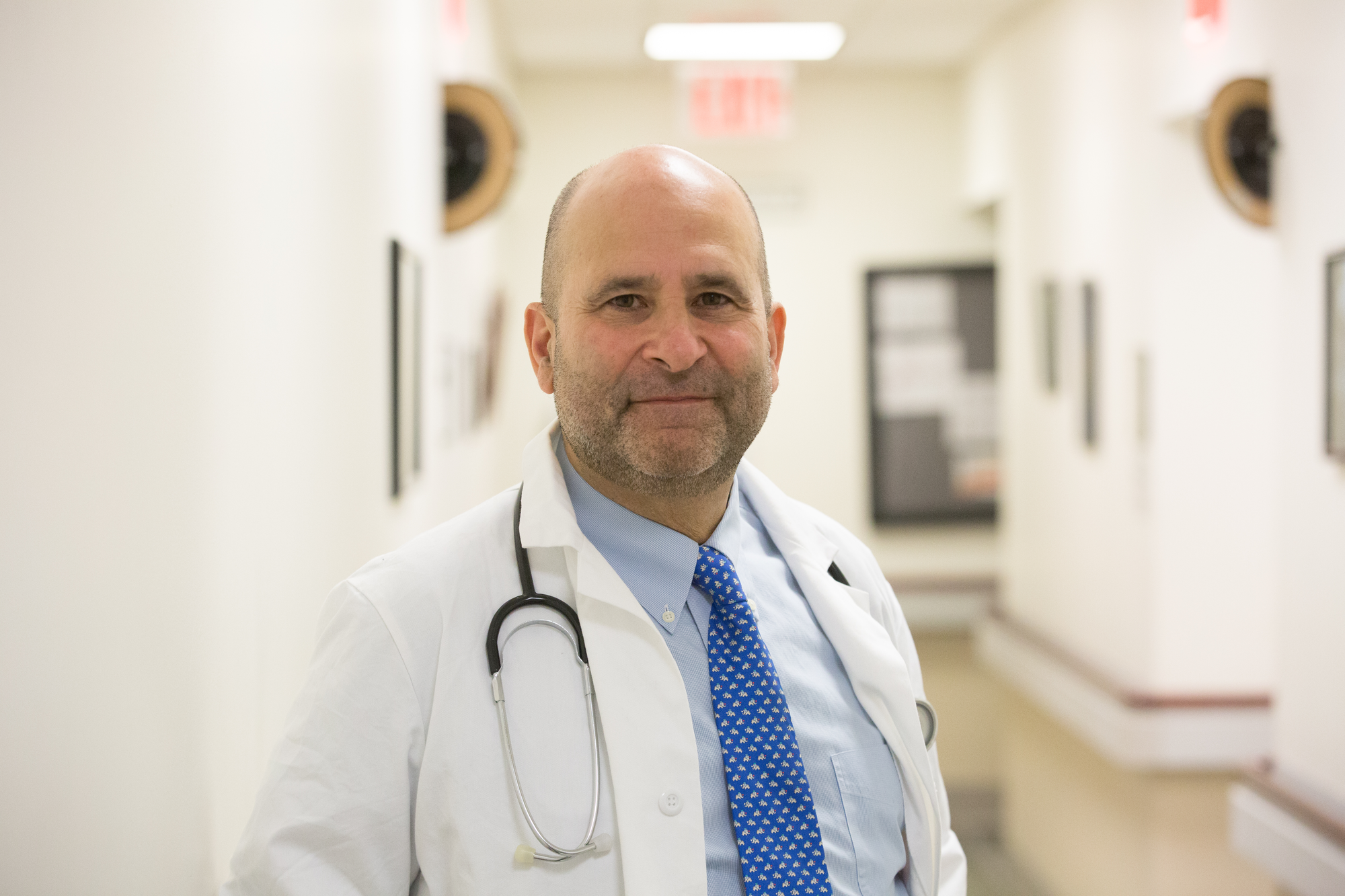By Susan Kelley
As many as one out of 10 people age 60 and older will experience some kind of abuse, most often in the form of financial exploitation, says a new study from Cornell and Weill Cornell Medicine investigators. Prevalence rates were previously thought to be 4 to 6 percent.
"It's not that the rate of elder abuse has gone up. It's that with improved research, we now know definitively that this is a very serious public health problem," said Karl Pillemer, the Hazel E. Reed Professor in the Department of Human Development and a professor of gerontology in medicine at Weill Cornell Medicine.
"Elder Abuse," appearing Nov. 11 in The New England Journal of Medicine, pulls together research from 46 studies from around the world. Dr. Pillemer is co-author with Dr. Mark Lachs, co-chief of the Division of Geriatric and Palliative Medicine, the Irene F. and I. Roy Psaty Distinguished Professor of Clinical Medicine, and a professor of medicine at Weill Cornell Medicine.
A profile of those likely to be abused also has emerged, the authors say. At greatest risk are women and elders with physical or cognitive impairments, low incomes or dementia. Those who live with others, such as a spouse or adult children, are also at higher risk; people who live alone are much less likely to be abused because there is simply less opportunity for abuse. On the other side of the coin, perpetrators tend to have mental illness and abuse substances.

Dr. Mark Lachs. Photo credit: A. Kinloch
"So you can get a picture of an older woman, who is beginning to experience an impairment, lives with a relative (who is likely to be the abuser) and otherwise is socially isolated, and may have some form of dementia. The perpetrator has their own problems. That is what elder abuse looks like," Dr. Pillemer said.
The abuse can take many forms: physical, sexual, psychological or verbal mistreatment, as well as financial exploitation and neglect. The study found that in nursing homes, there are high rates of violence and aggression toward older adults. In particular, residents abusing other residents is more common than staff mistreating residents.
The findings also suggest that doctors play a crucial role in recognizing abuse and intervening, said Dr. Lachs, who serves as a paid consultant and medical expert witness on the topic of elder abuse. "A physician may be the only person who ever gets the chance to detect elder abuse, because these people can become so socially isolated with just the abuser that often no one else sees them," he said. And given the prevalence of the problem, a doctor who is seeing 20 patients per day could see several potential victims of elder abuse per week, he added.
Simply removing the victim from their situation rarely works. Some older people, if they have no other choice, would prefer to rely on an abusive caregiver who is also providing care than have to move out of their home or into a nursing home, Dr. Pillemer said. "These cases are often unbelievably difficult to resolve. It's hard for an agency to resist the temptation to move the person into the nursing home. Usually that's not what the older person wants, and often it's not the most appropriate place for them."
Instead, doctors can be most helpful by spearheading a multidisciplinary team of nurses, social workers, hospitals, police, district attorneys and lawyers to help victims get the services they need. One of the paper's strongest recommendations is for each city to create this type of team. "It's a simple intervention, but it turns out to really work wonders," Dr. Pillemer said. "The expression ‘It takes a village' is true for the prevention of elder abuse."
Susan Kelley is a social sciences writer for the Cornell Chronicle.

